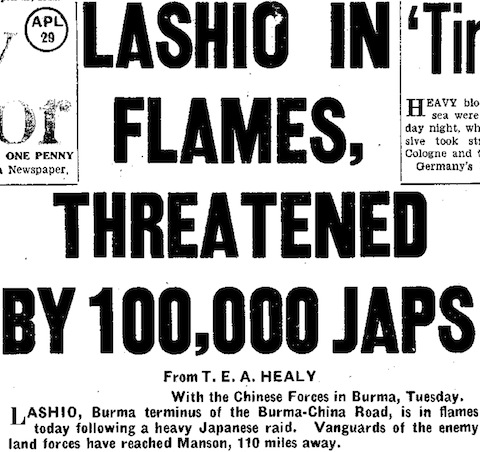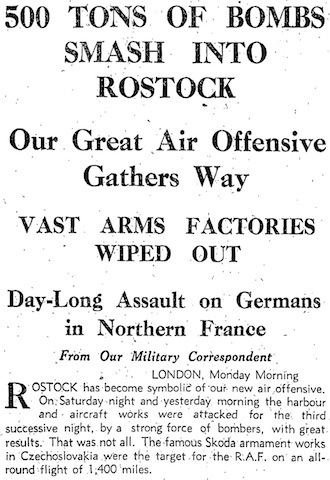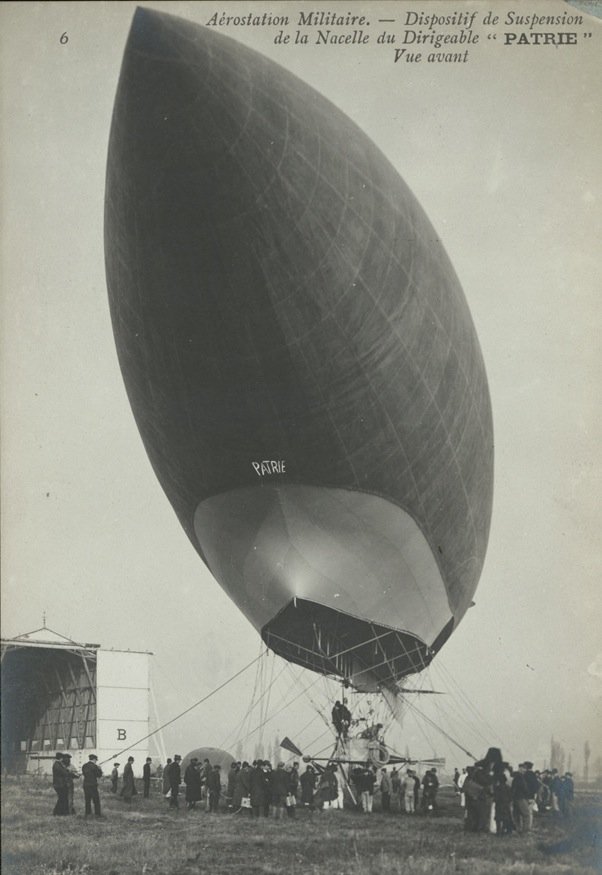Thursday, 30 April 1942
Most newspapers in my sample today lead with the further grim news from Burma (the Japanese army has now reached the suburbs of Lashio) but The Times chooses to go with the latest Bomber Command raids on Kiel and, for the second night running, Trondheim, both the locations of key German warships (4): The heavier […]









